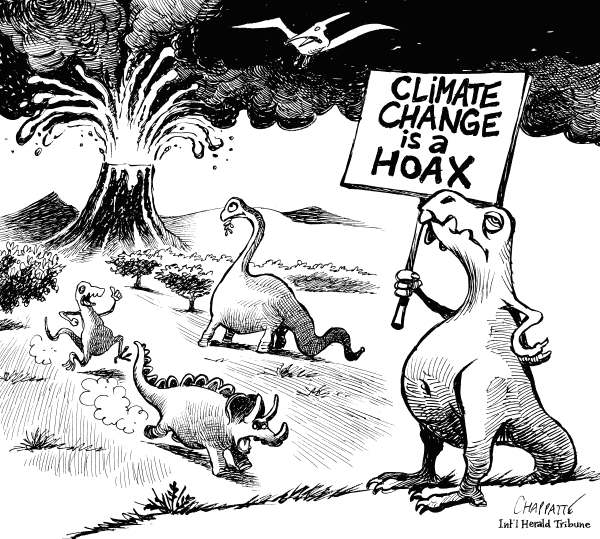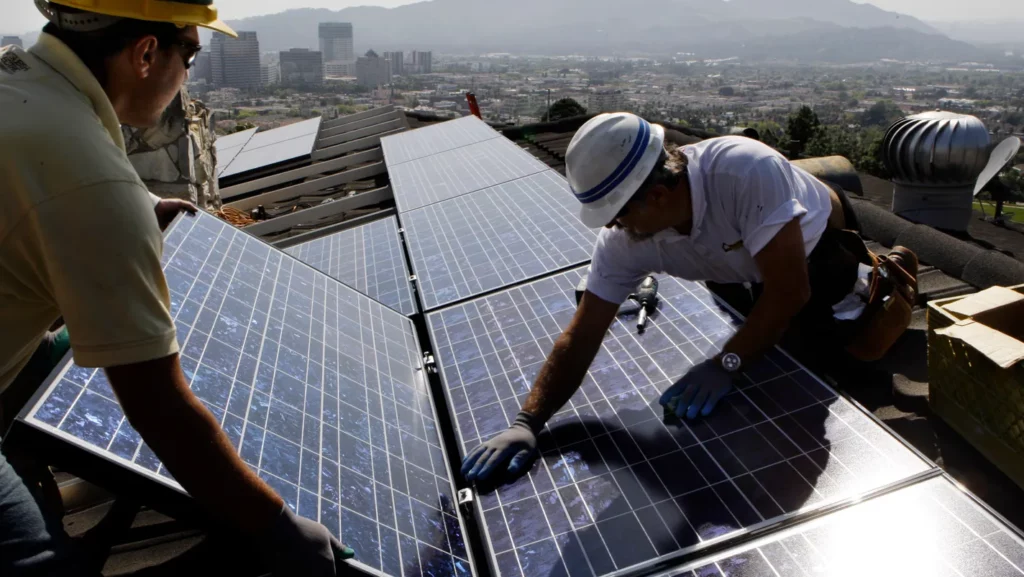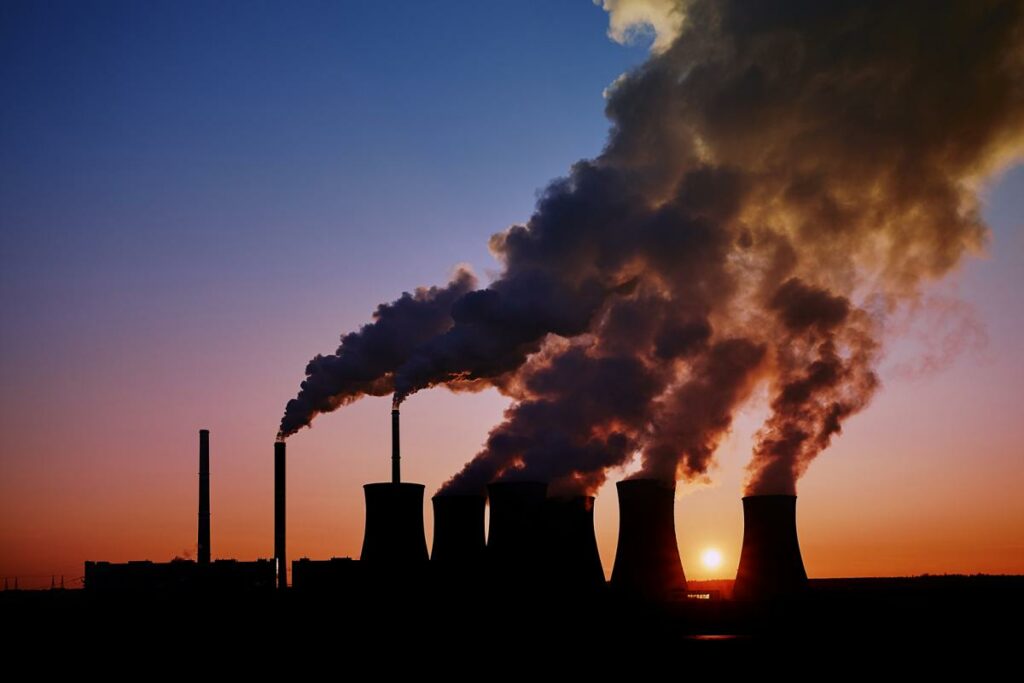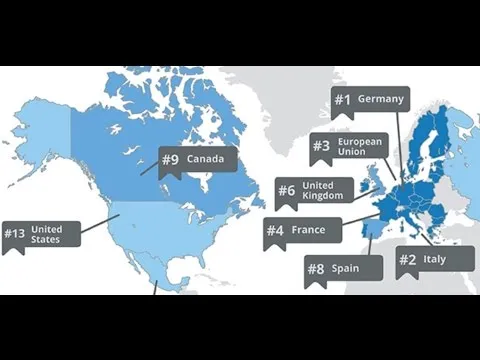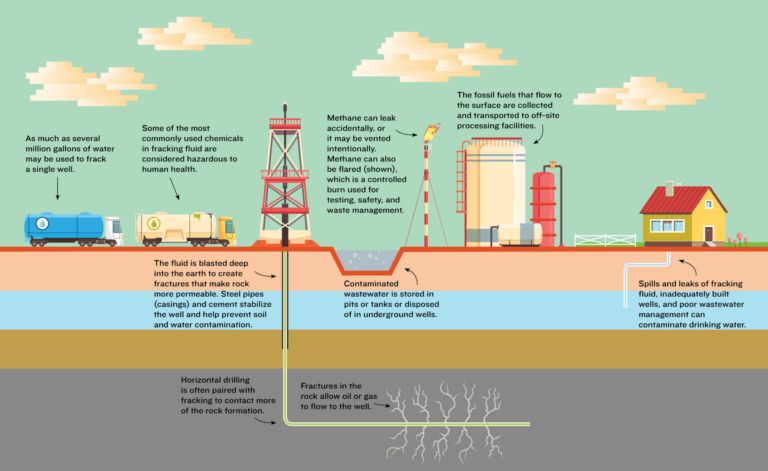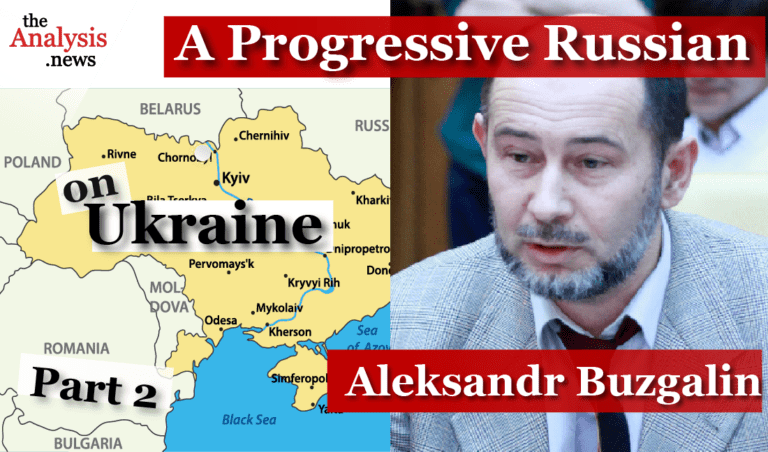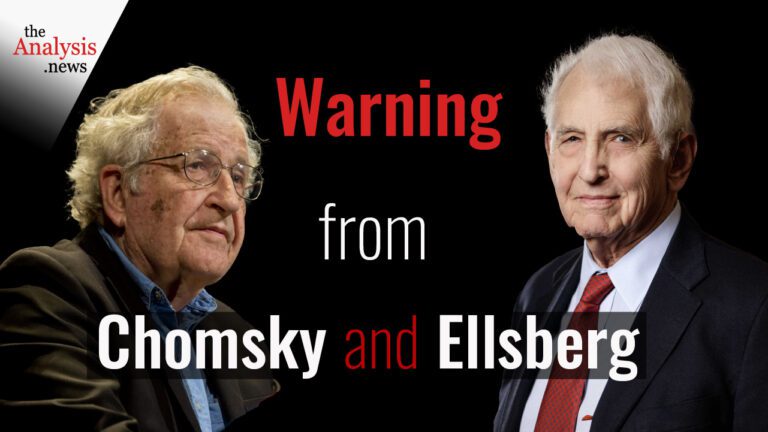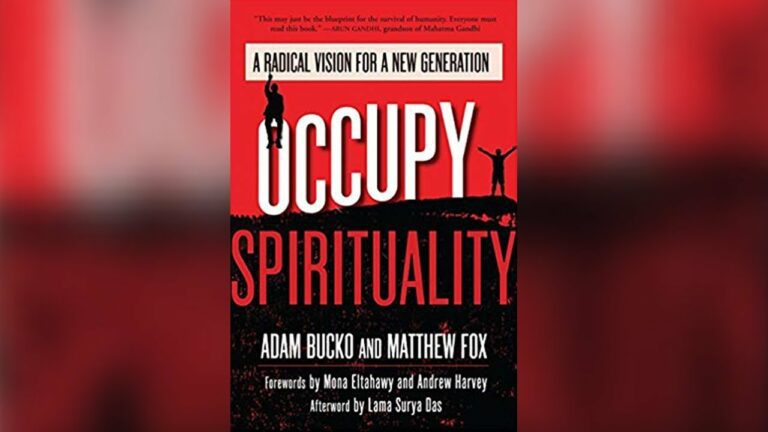On Reality Asserts Itself, Mr. Pollin says if we let the market operate on its own without some form of major public sector intervention, there’s no chance whatsoever that we’re going to achieve climate stabilization.
This is an episode of Reality Asserts Itself, produced January 14, 2015.
STORY TRANSCRIPT
PAUL JAY, SENIOR EDITOR, TRNN: Welcome back to Reality Asserts Itself on The Real News Network. I’m Paul Jay. And we’re continuing our series of interviews about a green economy. How do we get there? And there’s, of course, a big debate. Does this happen mostly through the public sector, mostly through the private sector, or some combination thereof? President Obama has made it pretty clear whenever he talks about this–and he doesn’t talk about it very often, but when he does, it’s mostly a private sector initiative. How can government incentivize (did I say that right, incentivize?) the private sector to get engaged in all of this? And so far there’s has been some incentivization, but it hasn’t amounted to a whole lot. So the question is: if the private sector isn’t going to do it because of its own interests, do we need a massive public sector initiative? And now joining us to talk about all of this is Bob Pollin. Thanks for joining us again. PROF.
ROBERT POLLIN, PERI CODIRECTOR: Thanks for having me.
JAY: So you kind of heard my first question. Bob is the codirector of the PERI institute at the University of Massachusetts in Amherst, and he’s the author of several big new reports on going green, global green growth. So that’s the question. I mean, there has been incentives. In fact, you talked earlier several times that the Obama administration has made some incentives, they have made some investment. But is it not fairly clear that the majority of the private sector does not consider this, in a foreseeable horizon, to be so urgently in their interests? And you would need such massive incentives, it seems, to make it in their interest that what the hell’s the point of trying to persuade them? Why not just do this mostly through the public sector?
POLLIN: Well, first of all, the whole thing has to be done, in a sense, through the public sector, because if we just allow the free market to operate, of course the free market will gravitate towards the thing that is cheapest. And right now the price of oil is going down. Natural gas is going down through fracking. So, yeah, if we just let the market operate on its own without some form of major public sector intervention, there’s no chance whatsoever that we’re going to achieve climate stabilization. So the question is how you use the public sector tools in the most effective way. And I certainly agree that direct public spending has to be a big part of the story. In other words, the public sector, as we’ve discussed, needs to make all their buildings energy efficient. The new buildings need to be net zero, zero emission buildings. Then what do we do with respect to the military? The military is committed to 25 percent renewables within a decade. They have to keep going. They have to get up to 50 percent renewables. Now, when they do that, they’re going to create a whole new market, procurement market for affordable renewables.
JAY: And is that actually happening?
POLLIN: Yes. I mean, who knows, I mean, what’s going to happen over the next ten years. But thus far the military’s commitment seems to be real. We can talk about a lot of the bad things that the military does, but this–.
JAY: Yeah, because they’re also one of the biggest users of fossil fuels on the planet.
POLLIN: They are the single biggest user of fossil fuel on the planet. But they have made a commitment, which I believe is real, to get to 25 percent renewables. If the military can get to 25 percent renewables within a decade, we all can.
JAY: I mean, if you go back to your model of 1.5 percent of GDP going into energy efficiency and renewables, if you, as some people have suggested, the GDP use of–the GDP of the military budget is, what, over 3 percent. If you just took half the military budget, you could actually finance this whole thing.
POLLIN: Yeah. Well, yes, that’s one way to finance it. But we’re not going to cut the military by half in two years. So let’s keep the military budget–we are cutting it. We need to cut it more. But in the meantime, there’s a lot of ways to finance a green economy. As I’ve said, municipalities can start putting solar panels on their roofs, and they can do it at no net cost to themselves, because they can get financing. The financing structures have to change. So, yes, we can’t use a Wall Street model. We have to have–. And public-sector financing of these kinds of operations is critical.
JAY: When I say don’t leave it up to the private sector [do (?)] the public sector, I mean, number one, regulation, not trying to use tax and trade schemes and financialization schemes to get fossil fuel reduction down. You simply have caps. You lower them. That’s the story. Number two, the public sector, as you say, does its own investment in its own buildings. But number three, you could have, say, all new building permits have to be zero efficiency buildings. Like, I mean, there’s various forms of regulation.
POLLIN: As there are going to be in Germany. Yes. There’s no reason that we can’t do that.
JAY: Well, we know the reason, which–there’s no reason if one actually wanted to do it.
POLLIN: Technically there’s no reason. Right.
JAY: Right. Right. But it always gets framed from the point of view of how to incentivize the private sector.
POLLIN: Right.
JAY: And, like, as I said, President Obama, when he has spoken about this, it’s almost like a mantra of his: and this will be done through the private sector.
POLLIN: Well, I mean, the private sector is 70 percent of the economy. So we’ve got to deal with the fact that it’s 70 percent of the economy.
JAY: But the biggest sources of carbon emissions other than, well, cars–so that’s a question of regulation–is making electricity. And so that’s very much under the public sector’s auspices through regulation. But it could be more. I mean, you could, frankly, just say, we’re going to have to do public sector investment, publicly owned institutions to generate electricity. For example, in Ontario and places in Canada and Europe, a lot of the electricity is generated by publicly owned companies, not privately owned companies. I mean, does that–something has to be done there.
POLLIN: Well, I mean, you could say that private power plants reduce emissions 3 percent a year or we’re taking you over. That would be one way to do it. And, yeah, the publicly owned utilities operate just fine. There’s no reason that–there’s no evidence that privately owned utilities do worse than publicly owned utilities. Now, there’s–.
JAY: Or vice versa.
POLLIN: Yeah. There’s also a lot of evidence on behalf of smaller-scale cooperative private businesses that do quite well within the green economy. This is certainly the case in Western Europe, especially in the area of wind energy. About–you know, I think it’s 80 percent of all wind energy is generated in northern Europe.
JAY: I mean, that would be a public policy could encourage small private-owned enterprise.
POLLIN: Right.
JAY: We’re talking the big corporate stuff that seems to be more of the problem.
POLLIN: Right. So you can use public policy to set up cooperative businesses to promote green energy. And once you start doing that, we can also move away from the model of gigantic utilities altogether. As John Wellinghoff, who was the head of the Federal Energy Regulatory [Commission], who retired about two years ago, when he retired he said solar is going to take over everything because everybody has a roof. And if you get solar costs down low enough, solar is going to be affordable for everything. And then guess what? We don’t actually need big utilities. You could have–everybody’s roof you could have small-scale systems that capture the solar, also wind power, operating within communities, as is happening mainly in Europe. As I’ve mentioned, the one town, who I can’t–the name I can’t remember–is already [operating (?)]
JAY: [crosstalk] Okay. Just finally, one of the things that’s an obstacle, it’s not just the fossil fuel industry–I mean, maybe it’s partly a spill-off of their propaganda, but it’s not entirely a PR and propaganda issue–is most ordinary people don’t see this as an immediate threat to their existence. You know, if you’re working a job and two jobs and you’re fighting to pay your rent and get your kids go to a school that’s worth sending them to and so on, this all still seems pretty abstract. So, I mean, what do you say to people that right now say with all I’ve got on my plate, why should I give a damn about this?
POLLIN: I think that’s a real concern. I mean, why should they? I mean, it does seem very abstract. It’s all about some science. And they aren’t feeling it in their day-to-day lives. That’s why in my own research, where I first got into this, I first–my first question was: could I legitimately show that investing in the green economy would be good for jobs? That’s real. That’s for everyday people, just like we hear over and over again military spending, it’s great for fighting wars, but it’s also good for jobs. It turns out investing in the green economy is better for jobs than military spending. So if what we really care about is job creation, then building the green economy is a positive jobs program. So let’s tell people, yes, we don’t want to play Russian roulette with the environment, we have to start moving away from fossil fuels and towards green energy, and in doing so it’s going to raise standards of living for ordinary people because it’s good for jobs.
JAY: Okay. Just I want to go back just to finally take up a little point here. When–in the previous segment, when I was talking about reducing the military budget by 50 percent and you were saying, well, we’re not going to do that the next few years, well, there’s a lot of this we probably can’t do in the next few years because of the reality of the politics, but it’s not a bad thing to connect a change in U.S. foreign policy that requires such a massive military, frees up the resources to deal with actually facing up to climate change.
POLLIN: Yeah. JAY: The point is the money’s already there.
POLLIN: The money is there anyway. I think we should cut the military anyway. The military has been cut, by the way, I mean, because of Iraq and Afghanistan going down.
JAY: Yeah, except they’re about to go back up again.
POLLIN: Yeah. Okay. So the military is ridiculously high on its own, and we’ve had–.
JAY: But sometimes this issue of U.S. foreign policy seems a bit abstract to people, too. And it’s this idea that you have to be the global dominant power that requires a military that size that sucks up so much resources and so much of GDP that it’s to connect that, that it’s not in people’s immediate interest in a lot of ways, including this issue of climate change.
POLLIN: And including jobs. I mean, if we just said, look, we need the military spending ’cause it’s good for jobs, it’s good for jobs in every congressman’s district, it is. But spending on the green economy is better for jobs in every congressional–.
JAY: More jobs per buck.
POLLIN: Yup. Yup.
JAY: Okay. Thanks for joining us.
POLLIN: Okay. Thank you.
JAY: And thank you for joining us on The Real News Network. As we said, Bob is very willing to debate various people on pieces of this thesis of his, and we are going to start unrolling that in the new year. So thanks for joining us on Reality Asserts Itself on The Real News Network.

